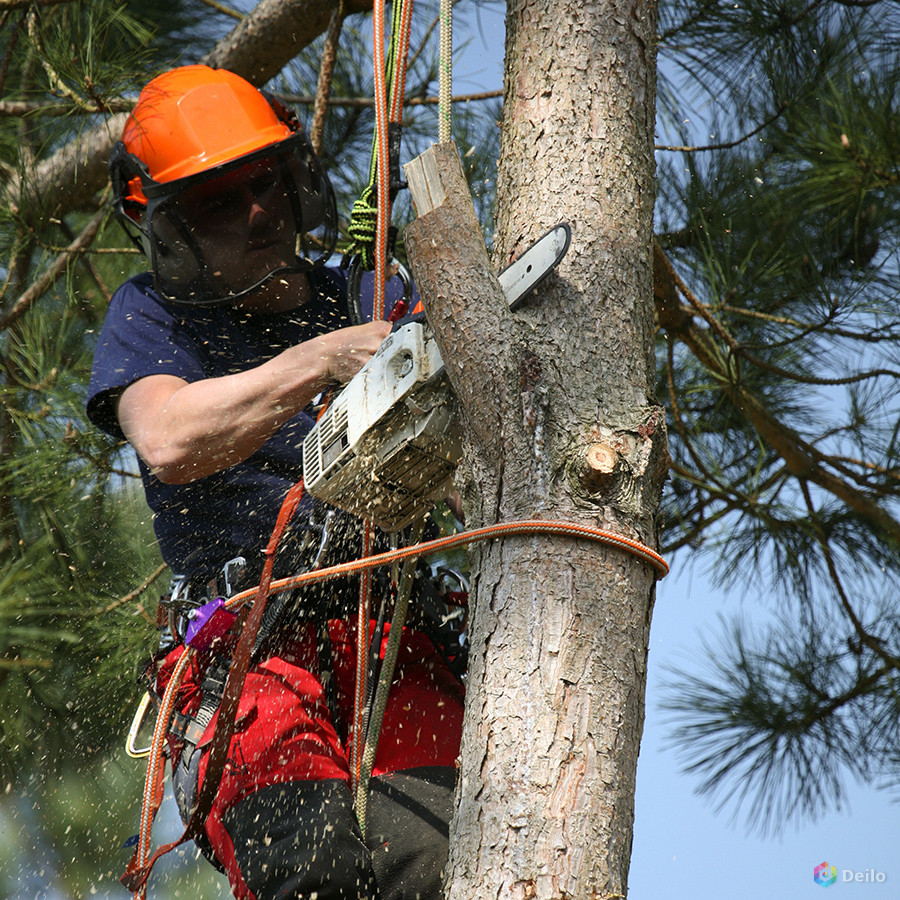Pruning trees is a delicate balance between maintaining their health and achieving aesthetic goals. As a general rule of thumb, it’s advisable not to trim more than 20-25% of a tree’s foliage in a single year. This cautious approach helps prevent stress and minimizes the risk of diseases or decay.
Excessive pruning, such as aggressive topping or removing large branches, can harm a tree. It disrupts its natural canopy, leading to an imbalance in nutrient distribution and potentially compromising its structural integrity. Trees respond to significant pruning by diverting energy from growth to healing wounds, which may leave them more susceptible to pests and diseases.
The specific tolerance for pruning varies among tree species, and it’s essential to consider the tree’s health and age. Young, vigorous trees can typically withstand more pruning than older or stressed ones. Consulting with a certified arborist is advisable, as they can assess the tree’s condition and provide guidance on the appropriate amount of pruning.
Understanding the local regulations is equally crucial. Some areas have ordinances in place to protect trees, limiting the extent of pruning allowed. By respecting these regulations and adopting a thoughtful approach to pruning, one can enhance the tree’s well-being while preserving its natural beauty and ecological benefits.

